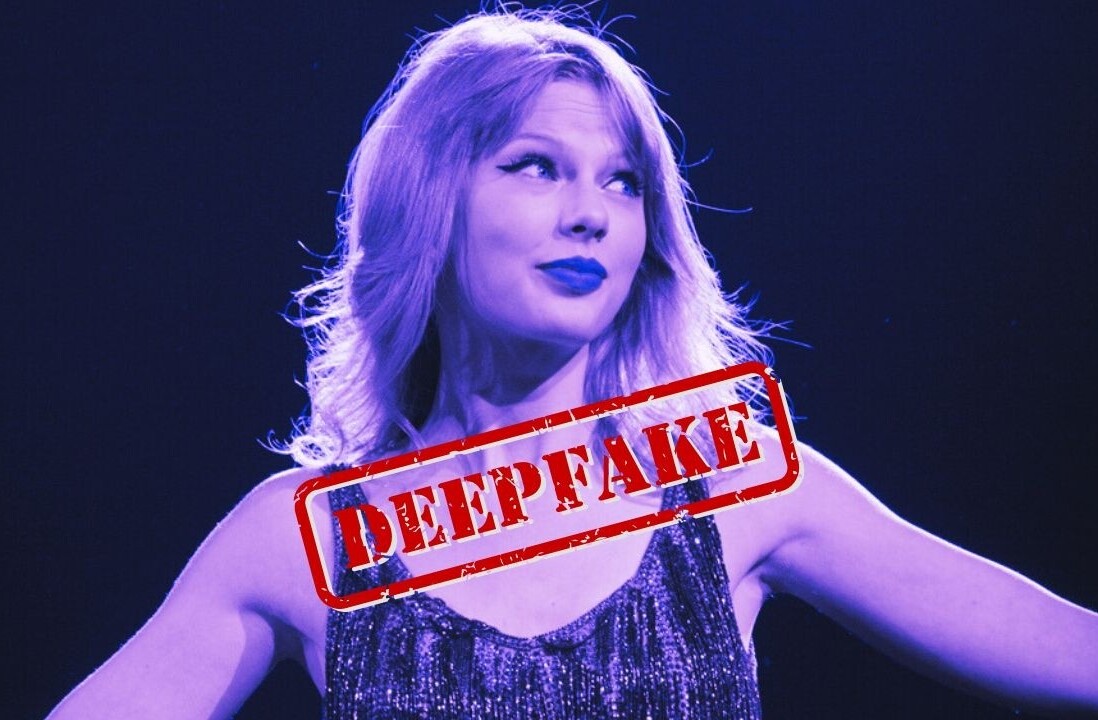
It seems like recently Facebook has been resonating with the sound of the virtual shutters coming down on large brands’ F-commerce stores for the last time – with Gap, J.C Penny, Gamestop all closing their stores following a lack of interest from their large numbers of fans.
Whilst this certainly isn’t great for its reputation, I’m personally reluctant to start calling a time of death on F-Commerce, mainly because it’s clear that so far only the basic possibilities have been explored and often only based on the fairly short-sighted assumption that ‘millions of fans = millions of sales’.
First of all let’s examine what may have gone wrong…
1: Lack of exposure
As I’m sure everybody knows by now, simply ‘liking’ a brand’s Facebook Page doesn’t mean you’ll be visiting it on a regular basis, especially since much of what you need from this channel is delivered straight to your own Facebook stream. Even then, there’s little provocation for you to visit the Facebook Page but instead a huge prompt to visit the brand website. Bearing in mind this is standard practice for brands on Facebook, it’s unlikely that these F-commerce stores ever even saw the kind of traffic that was expected.
2: The same experience exists in a familiar space
My personal experience of F-commerce stores is that they’ve simply reproduced either the exact same store that is seen on the brand’s e-commerce site or something very similar. Bearing in mind that in many cases, buying from the e-commerce store is a familiar experience, it’s surely safe to assume that, without some serious incentive, fans will still want to go there to purchase rather than within what they perceive to be a ‘social’ space.
3: Concerns over security and data
It’s worth remembering that winning the trust of users was one of the core challenges with early e-commerce stores and that much was done to reassure them that their financial and personal data was safe.
Although it’s easy to assume that F-commerce is an extension of this shopping experience which, in the eyes of the customer, is as safe as standard e-commerce, that perspective doesn’t take into account the fact that Facebook has recently been at the receiving end of a great deal of negative sentiment around use of personal data and that this has likely scared off many potential F-commerce shoppers.
Those are some of the potential issues, so where could it go from here?
1: Use Facebook’s data to create a personalised shopping experience
It’s well-known that Facebook captures personal data on things like tastes, location and age – so why not use this provide a personalised shopping experience to the user, instead of a static recreation of the brand’s existing e-commerce site?
The very fact that Facebook ads can be targeted to the degree they can is proof that this kind of data is certainly available to brands and is made even more effective when you add to this the data being captured from users sharing activity and ‘interest graph’ to the mix.
2: Make use of Facebook Credits
One way to get around users’ fears of sharing their financial data with brands on Facebook is to change the currency they are paying with, especially worth considering when you bear in mind that Facebook has already developed their own.
A good working example of this is Microsoft’s Xbox Live, where users buy ‘points’ to spend on games, films and music – what’s to stop this model being extended to other items such as clothes or electrical goods? Nothing, as far as I can see.
3: Facebook finally settles on a stable offering
I was going to call this section ‘make use of the timeline’ before I realised that there was no knowledge of this when many of these stores were conceived and this is indicative of another major issue – brands quite simply need a roadmap to see where on earth it is Facebook is going before they can invest in and fully develop optimised F-commerce solutions.
All of the above points to one thing, and that’s Facebook itself doing more than just providing the spaces where these F-commerce stores operate, and becoming more involved in both the experience it offers, and its operational mechanics, in essence its need to be a partner, rather than just a landlord.
I personally think that large brands, who are constantly exploring how to leverage their newly acquired followings on Facebook, would be willing to invest in this kind of support. And what’s not to love about that? It’s a win-win situation!
Get the TNW newsletter
Get the most important tech news in your inbox each week.




